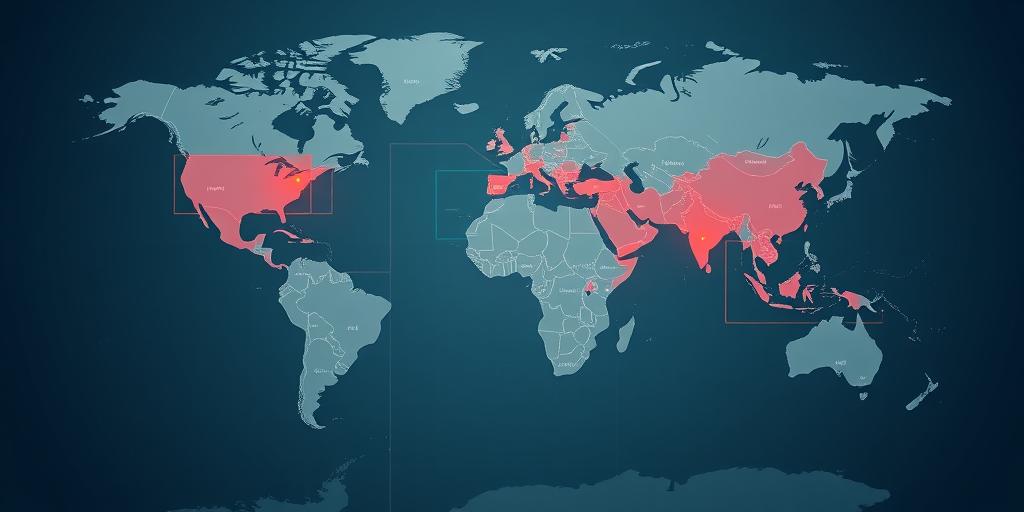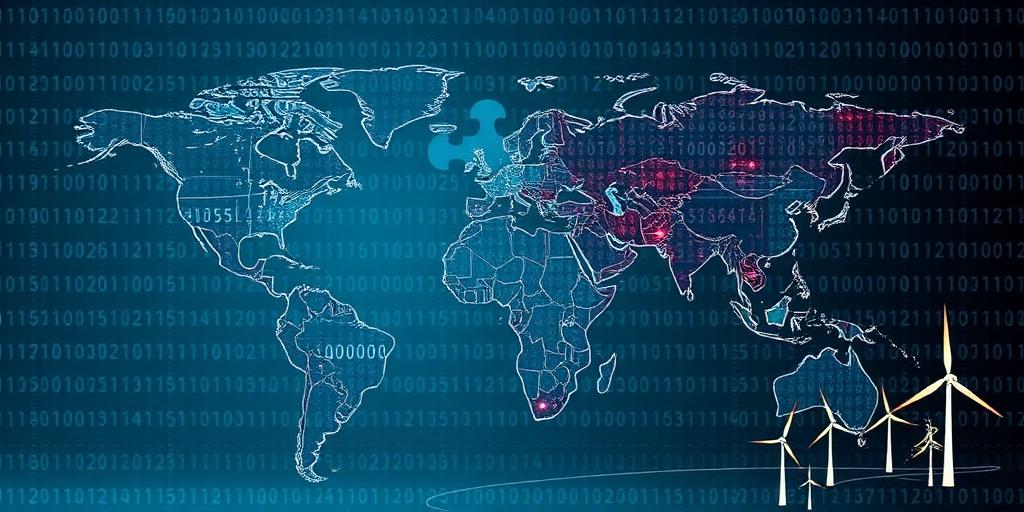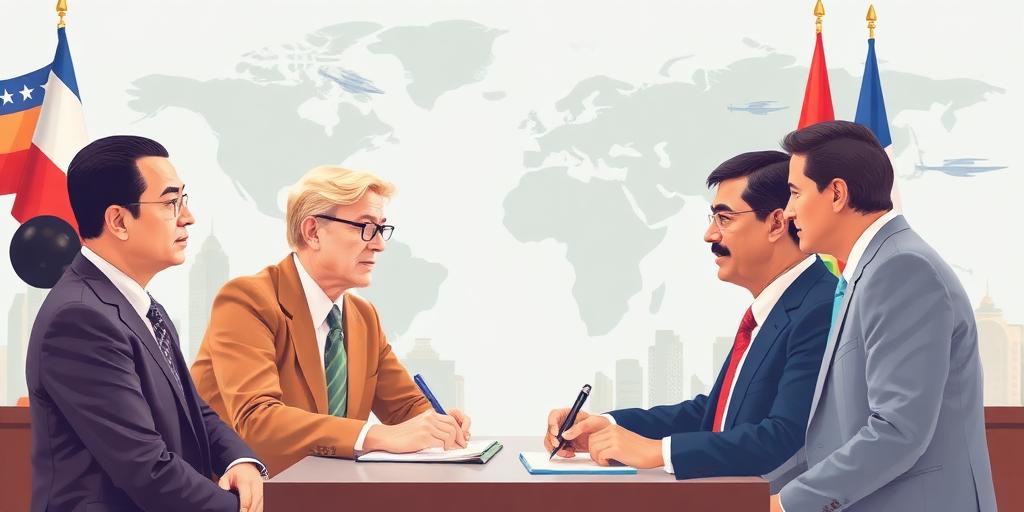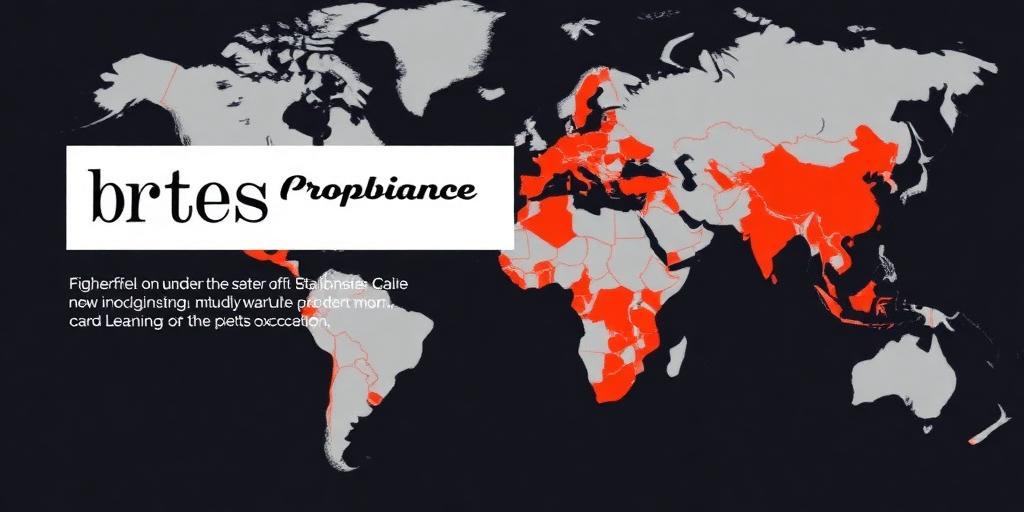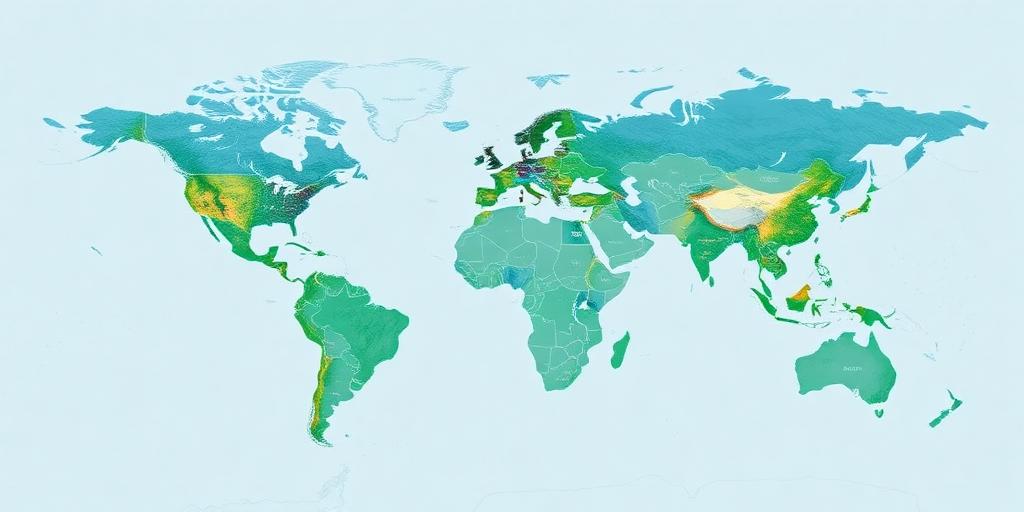Understanding the Interplay of Geography and Economics
Geography and economics are often treated as separate disciplines, but they are deeply intertwined. Geographical factors significantly influence economic activities, and economic forces, in turn, shape the landscape and human settlements. This interplay is crucial for understanding regional development, trade patterns, resource management, and global economic dynamics.
The Influence of Geography on Economics
Resource Availability: The availability of natural resources such as minerals, fossil fuels, and fertile land directly impacts economic opportunities. Regions rich in resources often develop industries centered around their extraction and processing. For example, the abundance of oil in the Middle East has shaped its economic landscape, leading to the development of massive energy industries and related sectors.
Climate and Agriculture: Climate conditions determine the types of crops that can be grown, influencing agricultural productivity and the economy of agrarian societies. Regions with favorable climates for agriculture, like the Mediterranean, often have a comparative advantage in producing certain crops, leading to specialization and trade.
Location and Accessibility: A region's location relative to trade routes, markets, and other economic centers plays a crucial role in its economic development. Coastal regions with natural harbors tend to become major trading hubs, fostering economic growth through international commerce. The accessibility of a region, determined by its topography and transportation infrastructure, affects the cost of moving goods and people, influencing economic activities.
Topography and Infrastructure: The physical features of a region, such as mountains, rivers, and plains, impact the development of infrastructure. Flat terrains are generally easier and cheaper to build on, facilitating the construction of roads, railways, and urban centers. Rivers can serve as transportation routes and sources of freshwater, supporting economic activities like agriculture, manufacturing, and trade.
The Influence of Economics on Geography
Urbanization: Economic growth often leads to urbanization as people migrate from rural areas to cities in search of better opportunities. This process transforms the landscape, resulting in the development of urban infrastructure, residential areas, and commercial districts. Urbanization can also lead to environmental challenges, such as pollution, deforestation, and habitat loss.
Industrialization: The rise of industries can significantly alter the environment and landscape. Mining operations can lead to deforestation, soil erosion, and water pollution. Manufacturing processes can release pollutants into the air and water, affecting human health and ecosystems. The construction of factories, power plants, and transportation networks can transform natural landscapes into industrial zones.
Globalization and Trade: Economic integration through globalization and trade can lead to the development of transportation networks, such as ports, highways, and airports, to facilitate the movement of goods and people. This can result in the alteration of coastlines, the construction of bridges and tunnels, and the creation of special economic zones.
Resource Management: Economic activities can drive the sustainable or unsustainable management of natural resources. Demand for resources can lead to overexploitation, deforestation, and depletion of water supplies. However, economic incentives can also promote conservation, recycling, and the development of renewable energy sources.
Examples of the Interplay
The Netherlands: The Netherlands has strategically managed its geography by reclaiming land from the sea through the construction of dikes and polders. This has allowed the country to expand its agricultural land, develop major ports like Rotterdam, and become a leading center for trade and logistics.
Silicon Valley: The concentration of tech companies in Silicon Valley has been influenced by its proximity to research universities, a skilled labor force, and a culture of innovation. The economic success of Silicon Valley has, in turn, shaped the surrounding landscape, leading to the development of high-tech infrastructure, residential areas, and amenities.
Conclusion
The interplay of geography and economics is a dynamic and complex relationship that shapes the development of regions, nations, and the global economy. Understanding this interplay is essential for informed decision-making in areas such as urban planning, resource management, trade policy, and sustainable development. By recognizing the reciprocal influence of geography and economics, policymakers, businesses, and individuals can make more effective choices that promote economic prosperity and environmental sustainability.

